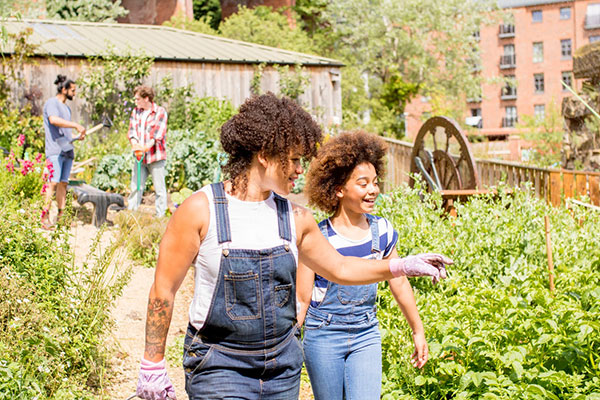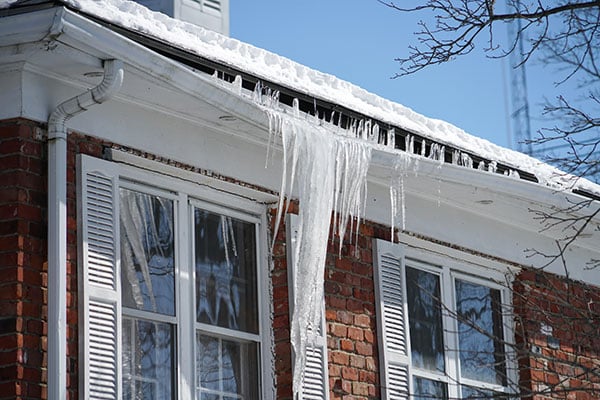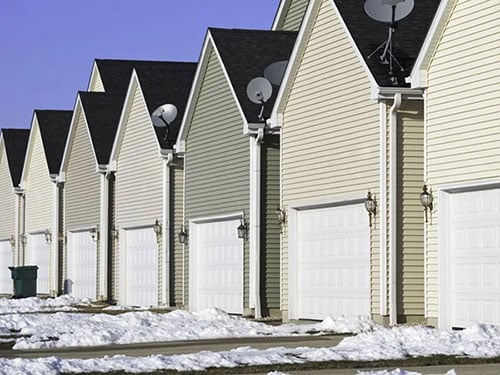Community gardening is a trend that is growing in many communities as more and more people are seeking to eat right and do it in more affordable ways. This has led to many homeowner associations establishing community gardens that will produce fresh produce for everyone in the community to enjoy.
The following are eight tips to keep in mind when you are implementing a community garden within your community association to ensure that everyone gets to enjoy the garden.
HOA Must Vote On & Pass A Gardening Regulation:
A board of directors that seek to implement a community gardening program in place will have to set forth the rules to regulate and keep the program running seamlessly. Legal grounds should also be set to ensure that the program runs smoothly and does not create a possible conflict of among residents or with the current bylaws of the association's rules in place in the community. Boards should consider seeking the expertise of their legal counsel when necessary.
Request Community Volunteers:
Set up something of a community volunteer day to allow residents who are interested to come out with their hoes, rakes, and hands to help set up the initial plots of land that everyone will be able to garden. Involving the whole community in making the garden plots can help everyone come together to complete a project for the greater good of their community. It also saves the community money in having to hire landscapers to create the entire gardening site from scratch, which helps stretch every dollar far as possible to benefit the residents of the community.
Set Up Basic Rules That Everyone Has To Follow:
The community association should create a set of rules and regulations that will need to be followed by everyone when they are working on their plot of land in their community-based garden. Creating rules and regulations the everyone is held to helps everyone ensure they are treated fairly and that their energy, work, and effort are protected on the patch of land they have been assigned (aka that someone else won't come and take their produce or ruin their plants).
Consider Raised Soil Beds & Decorative Fencing:
Raised soil beds will generally blend into the land better and not create as much of an "eyesore" to the local community landscape while still allowing residents to enjoy the fruits (and vegetables) of their labor and the work that they put in while working in their gardens. Also, consider some sort of fencing that while decorative can serve to keep out any animals that may otherwise try to get in and eat your residents' crops while they are not present. Remember, the fencing can look nice and keep animals out, because, let's face it, it's never a nice surprise to come back to your garden and find out that some pest ate your crops!
Create Individual Plots Of Land:
Most of these gardens are on common, public grounds within an homeowner association-controlled area. Assign each dwelling (house, home, townhome, condo, villa, apartment, etc.) an equal-sized piece of land and the basic tools to work that land if they so wish to do so. In some instances, but not all, money for the tools and the seeds to plant may be provided by the association, but it is up to each individual household if they wish to utilize the land and they may plant which foods they wish on that specific parcel of land assigned to that dwelling.
Residents May Help Each Other:
Residents are free to help each other work their piece of land and share any produce they grow as they wish, however, the initial rights of all of the crops sown go to the person whose piece of land the food was grown on. Allowing residents to help each other create opportunities for neighbors to bond over their gardens and get work with and know people they may otherwise not get to meet.
Consider Installing Sprinklers:
If the cost is reasonable, possibly consider placing sprinklers within the area where the gardens are planted. Watering the crops regularly can save residents having to come out every day or two during the hotter months of the summer and worrying about being able to water their crops, especially if no hoses are nearby. Investing in reasonably-priced sprinkling systems can provide dividends for all of your residents and their crops for years to come. If sprinklers aren't practical in price, consider providing a hookup for hoses and a few hoses so that residents can come water their crops on a regular basis.
Consider Getting A Farmer To Volunteer To Educate Your Community:
If you can get a local farmer to agree to educate your local residents on how to work the land they are given, you are likely to be able to help them maximize the yield from the land they are given. Helping local residents learn about gardening and sowing their own crops can empower them to use the land they are given to grow quality produce to help feed their families and improve their general day-to-day diets by supplying themselves with fresh produce on a regular basis.
These are just a few great tips to consider and ways to help you set up your own community-based gardening system that allows everyone who wishes to participate to grow fresh produce that their family can enjoy. Not only does it make a great use of some local land that's available within the HOA, it also helps make produce and fresh items more affordable and encourages residents to eat a healthy diet richer in healthier foods, even ones that they helped grow!





